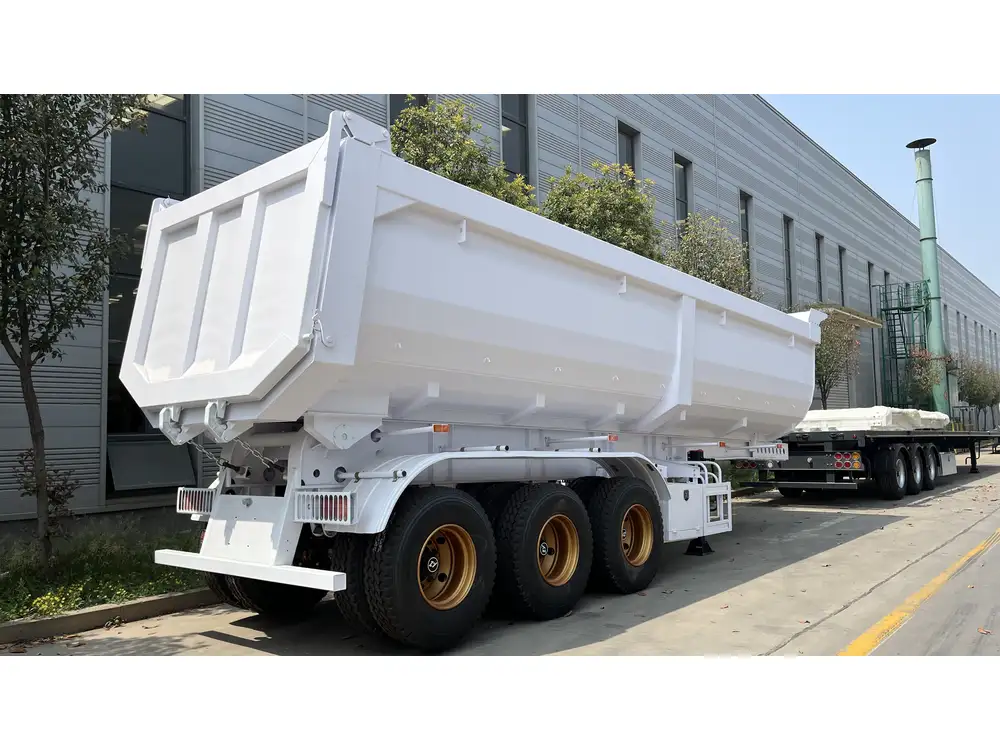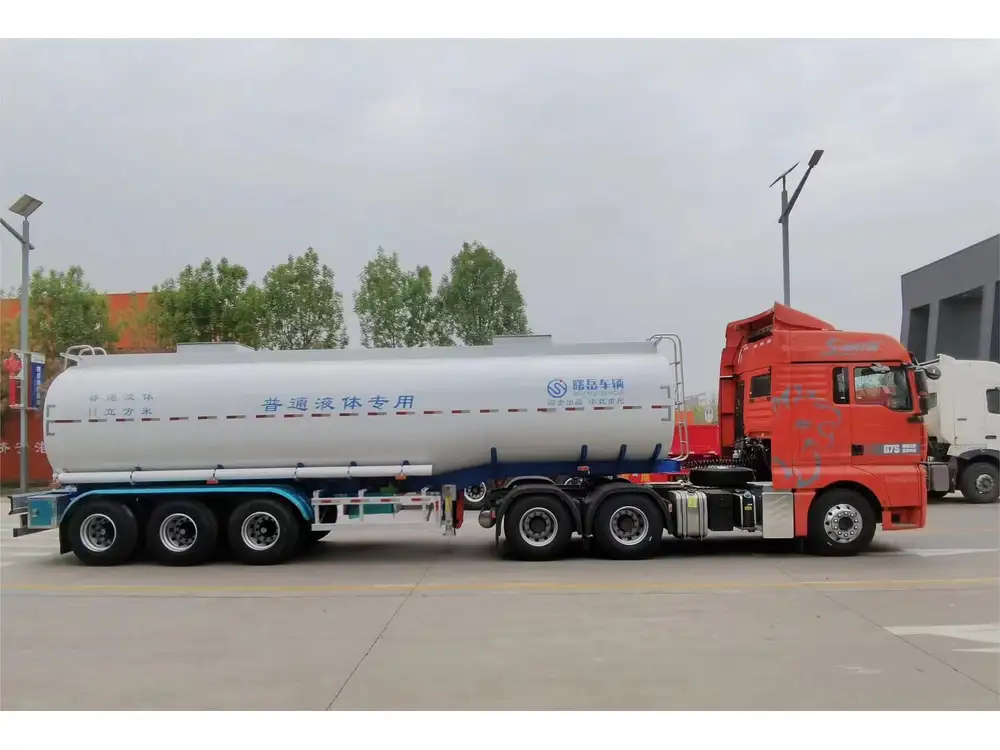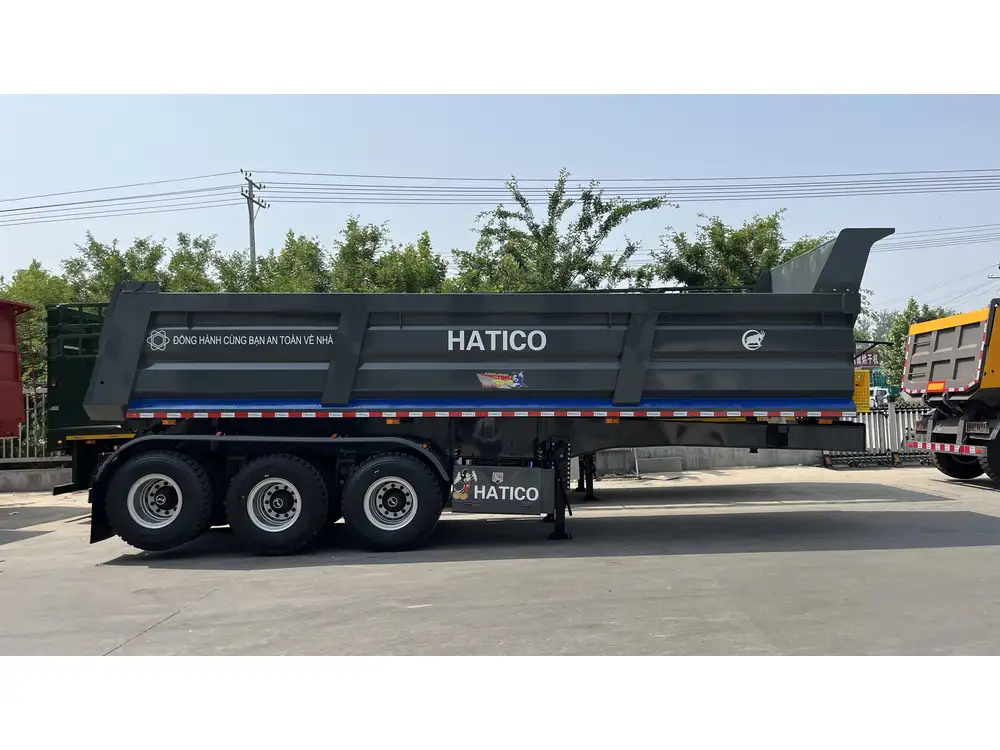Understanding the acceleration capabilities of semi trucks is pivotal not just for manufacturers and operators, but also for logistics companies, transport experts, and those involved in the trucking industry. Whether traversing urban landscapes or gliding along highways, the performance of these formidable vehicles can significantly impact operational efficiency. In this article, we delve into various factors influencing the acceleration of semi trucks without trailers, providing insights that encapsulate the complexities and nuances of this subject.
Key Factors Influencing Acceleration
1. Engine Specifications
The heart of a semi truck is undeniably its engine. Different engines produce varying horsepower and torque values, which are essential in determining how quickly a truck can accelerate. Most semi trucks are equipped with diesel engines that range from 400 to 600 horsepower. However, this power must be harnessed effectively to translate into acceleration.
| Engine Type | Horsepower (HP) | Torque (lb-ft) |
|---|---|---|
| Standard | 400 | 1,250 |
| Enhanced | 500 | 1,850 |
| High-Performance | 600 | 2,200 |

2. Weight and Load Conditions
While we explore the acceleration of a semi truck without a trailer, it’s crucial to recognize that even truck weight—void of any cargo—plays a significant role. The weight-to-power ratio becomes fundamental in this scenario. A standard semi truck weighs approximately 15,000 pounds, and with each additional component, such as fuel and equipment, this mass increases.
Weight Considerations:
- Cab Weight: Approximately 12,000 lbs
- Fuel Weight: Roughly 8 lbs per gallon, with tanks typically holding 100 gallons or more.
- Empty Trailer Weight (without load): Average 5,000 lbs but excluded here for this analysis.
3. Tire Specifications
The tires on a semi truck affect grip, friction, and roll resistance. Trucks are commonly fitted with wide, robust tires to manage the substantial weight they often carry. Lack of trailers can lead to less drag, allowing these vehicles to accelerate more efficiently. The grip offered by the tires correlates directly with how swiftly a vehicle can pick up speed.

4. Transmission Types
The transmission system—manual or automatic—enables the truck to manage its power delivery effectively. Automated transmissions may offer smoother shifts and more efficient power distribution, positively affecting acceleration times. Preliminary assessments indicate that automatic transmissions can enhance acceleration by engaging optimal gear ratios more quickly than manual systems.
| Transmission Type | Gear Shifts | Acceleration Impact |
|---|---|---|
| Manual | Slower | Moderate |
| Automatic | Faster | High |
5. Road and Environmental Factors
The terrain and conditions under which a semi truck operates cannot be overlooked. Flat surfaces allow for quicker acceleration compared to inclines or uneven pavements. Moreover, environmental factors such as wind resistance play a role; high winds can impede acceleration despite the truck’s machine specifications.
Acceleration Performance Metrics

6. Acceleration Benchmarks
To comprehend how fast a semi truck can accelerate without a trailer, we examine some broad performance benchmarks based on engine specs, transmission configurations, and weight factors.
Acceleration Time Estimates:
- 0 to 30 mph: Approximately 5 to 10 seconds
- 0 to 60 mph: Ranges from 10 to 15 seconds
- 0 to 75 mph: More commonly seen within 15 to 20 seconds
7. Acceleration Scenarios
Here we present different acceleration scenarios based upon various engine types and conditions:
| Truck Configuration | 0-60 mph (seconds) | Load Conditions |
|---|---|---|
| Standard Truck | 14 | Empty |
| Enhanced Truck | 12 | Minimal Load |
| High-Performance Truck | 10 | Slight Load |

Addressing Common Concerns
8. Safety and Speed Considerations
One must tread carefully when discussing speed and acceleration in heavy-duty vehicles. While accelerating without a trailer can provide an exciting performance snapshot, real-world trucking involves compliance with traffic regulations, weight limits, and safety guidelines.
Important Safety Regulations:
- Maximum Speed Limits: Often regulated by state or federal laws.
- Load Requirements: Trucks must adhere to specific weight regulations for safety.
- Driver Training: Operators should be well-trained to handle sudden accelerations.

9. Technological Innovations Influencing Acceleration
Advancements in automotive technology continue to influence semi truck performance. Systems such as Electronic Stability Control (ESC) and Traction Control Systems (TCS) enhance handling, especially during acceleration from a standstill. These technologies ensure that the vehicle remains stable, minimizing the risk of rollover incidents while improving acceleration efficiency.
10. Fuel Efficiency vs. Acceleration
A critical concern for fleet operators is balancing fuel efficiency with performance. Trucks that accelerate quickly may consume more fuel, particularly if energy is expended in suboptimal conditions. A well-calibrated approach towards acceleration ensures that performance does not come at the expense of fiscal responsibility.
| Driving Style | Fuel Efficiency Impact | Acceleration Rate |
|---|---|---|
| Aggressive | Decreased | Increased |
| Smooth and Steady | Increased | Moderate |
The Future of Semi Truck Acceleration

11. Electric Semi Trucks and Acceleration
With the emergence of electric trucks, we venture into a new realm of acceleration dynamics. Electric motors provide instant torque, which fundamentally changes the traditional acceleration paradigm. Preliminary studies indicate that electric semi trucks can attain remarkable acceleration rates due to the nature of electric propulsion.
Acceleration Projections for Electric Trucks:
- 0 to 60 mph: As fast as 5 to 8 seconds
- Maximum Efficiency: Enhanced performance and lower operational costs through regenerative braking systems.
Conclusion: Accelerating Understanding in the Trucking Industry
As we dissect the intricacies regarding the acceleration of semi trucks without trailers, we uncover a versatile interplay of factors—engine power, weight, environmental conditions, and technological advancements converge to determine how quickly these powerful vehicles can get moving.
Acknowledging the significance of safety, regulation compliance, and future trends such as electric propulsion allows players in the trucking industry to navigate the complexities of operational performance. For those invested in manufacturing semi trailers and supporting vehicle operations, understanding such dynamics provides a sturdy foundation for innovation and advancement.
With increasing demands for efficiency and performance intertwined with sustainability, the landscape for semi truck acceleration continues to evolve. Remaining informed about these shifts not only benefits manufacturers but also enhances the overall safety and productivity of the trucking industry at large.
In this vibrant arena, knowledge and adaptability stand as cornerstones, empowering stakeholders to make informed and effective decisions that resonate throughout the transport ecosystem.



